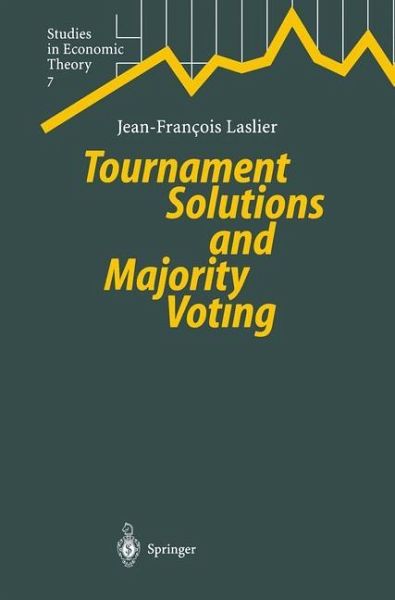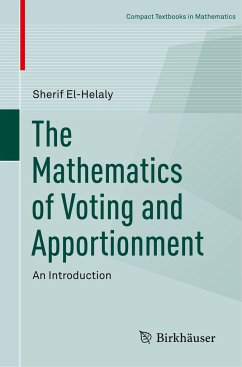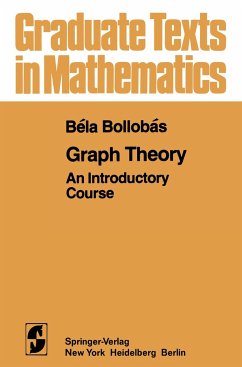
Tournament Solutions and Majority Voting
Versandkostenfrei!
Versandfertig in 6-10 Tagen
76,99 €
inkl. MwSt.

PAYBACK Punkte
38 °P sammeln!
This book is a survey on the problem of choosing from a tournament. It brings together under a unified and self-contained presentation results and concepts from Graph Theory, Choice Theory, Decision Science and Social Choice which were discovered in the last ten years. Classical scoring and ranking methods are introduced, including the Slater orderings, as well as new statistical methods for describing a tournament, graph-theoretical methods based on the covering relation and game-theoretical methods. As an illustration, results are applied to the classical problem of Majority Voting: How to d...
This book is a survey on the problem of choosing from a tournament. It brings together under a unified and self-contained presentation results and concepts from Graph Theory, Choice Theory, Decision Science and Social Choice which were discovered in the last ten years. Classical scoring and ranking methods are introduced, including the Slater orderings, as well as new statistical methods for describing a tournament, graph-theoretical methods based on the covering relation and game-theoretical methods. As an illustration, results are applied to the classical problem of Majority Voting: How to deal with the Condorcet Paradox.














